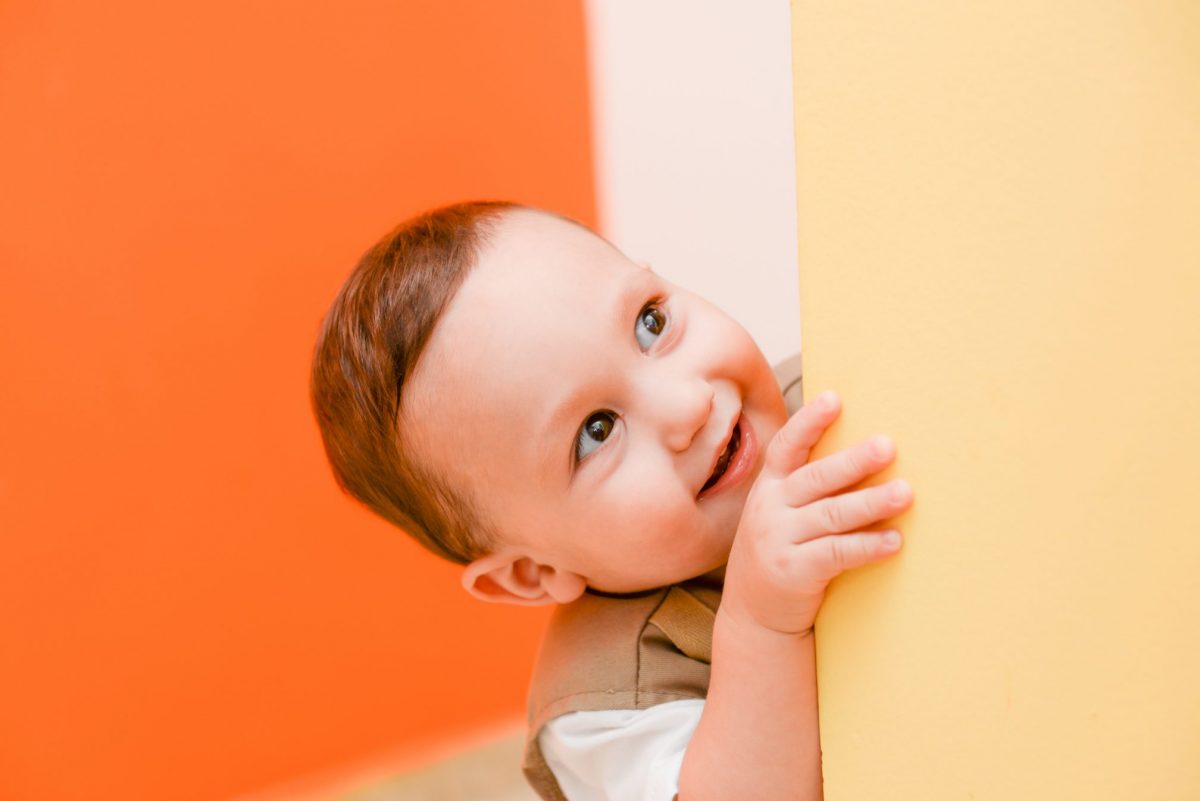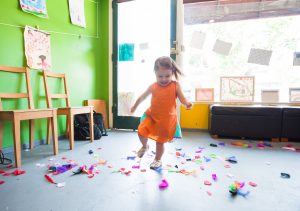
I am a preschool teacher.
Often when people hear this, they automatically think “daycare.” However, I do not work at a daycare, I work at a preschool. What’s the difference? I’m glad you asked.
First, let me begin by mentioning that these terms and titles cover a wide range of childcare organizations. I will offer a basic understanding of the differences, but every centre/school/home will be run a little differently. On top of that, the local government directly affects programs by regulating many aspects including the max child per adult ratio, etc. I have only worked in childcare centers in Alberta, Canada, therefore, some of my statements may not be accurate in other areas.
Daycare/Day Home
Daycares and day homes are set up as a place for parents/guardians to drop off their child while they go to work. High quality daycares and day homes include some level of academic programming and are intentional to foster the overall development of the child.
A daycare typically consists of several separate rooms (classes) of children. Often these are divided by age, starting as young as early infancy. To accommodate staff breaks and work hours, the children are likely cared for by two or three different caregivers throughout the course of the day. Daycares typically take the children outside for a walk or to play every day.
Did you know that 24/7 daycares exist? Such daycares are relatively new and hard to find, but they do exist in Canada.
A day home is often run by a single caregiver who cares for a handful of children in the caregiver’s house. Some day homes may be connected to organizations that support and advise several day home owners. Many day homes will have children of a range of ages together in a family-like environment.

Often day homes must follow very strict guidelines regarding the number and ages of children if they are licensed. A child in a day home typically has the same one caregiver for multiple years.
Preschool/Playschool
Preschools are most often half-day programs with an academic element designed for 3-4 year olds. There are endless varieties of preschools available.
Often children are enrolled in a class that meets on Monday/Wednesday/Friday morning or afternoon, or Tuesday/Thursday morning or afternoon. Typically classes are 2-3 hours in length. However, you may find five day a week classes, Saturday classes, evening classes, or full-day classes.
Other titles related to preschools include: Jr. Kindergarten, playschool, Montessori, and Reggio Emilia to name just a few. Montessori and Reggio Emilia preschools are based on very distinct child development theories. I do not have extended experience with either so I will not expand on them here. Jr. Kindergartens may focus more on academics while playschools may focus more on learning through play. However, both of these programs will likely have the same basic elements as most general preschools making the titles practically interchangeable.
General preschools (and high quality daycares) often have similar elements in their programs including:
-
- Free-play time
- A period when the children are permitted to play with any of the provided toys and move freely from one toy to the next
- Circle time
- A short, teacher-directed time when children are expected to sit in a designated area (often on a specific carpet)
- A skilled teacher will keep children engaged and learning through age-appropriate songs, stories, and activities
- Snack time
- Children wash their hands then sit at the table to eat
- Some schools require parents to send snacks while others provide them
- Gym time
- A time for large movements such as running
- Might be organized games, free-play, or a combination
- Art time

- Free-play time
-
-
- May be open-ended: the child is given supplies and encouraged to create whatever they want. Every piece will be unique.
- Or teacher-directed: the child is expected to make their craft look the same as the teacher’s example. Each child’s work will appear nearly identical to the next.
- Or a combination. (Heated debates exist about which type of art is better developmentally for the child. Personally, I believe doing some of each is ideal.)
-
Homeschool
Did you know that rather than sending their child to a preschool, daycare or day home, some parents choose to homeschool their preschooler? They may choose to do so regardless of whether they intend to homeschool their child during grade school. If you are interested in homeschooling your preschooler, the following articles may be helpful.
5 Things to Teach When Homeschooling Your Preschooler
Ready For Kindergarten (Academically)
Conclusion
Each program is unique, but then so is each family and each child. If you are considering enrolling your child in a program, I would encourage you to visit the centre/school/home to ask questions and observe. Look for the program that best compliments your child and your family.

